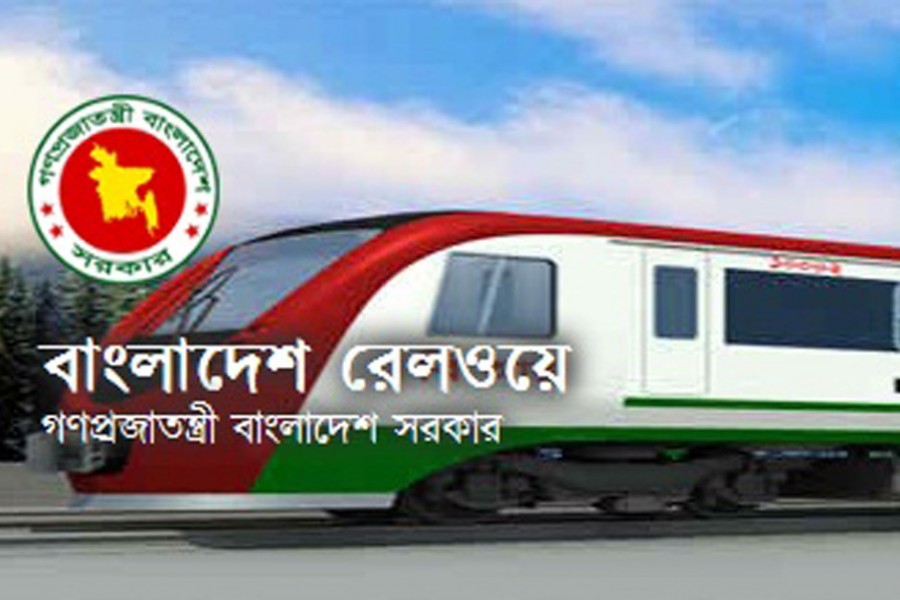
Published :
Updated :

There is no way to be sure whether the government's plan -- the revised railway master plan -- to invest heavily in railway infrastructure is going to bear the desired fruit in the long run. This is because this sector has for long been susceptible to numerous experiments, often too whimsical to hold out any worthwhile improvement either in infrastructure or user-friendliness. A FE report published this week says that the Bangladesh Railway (BR) completed revision of its master plan with an investment proposal of Tk 5.10 trillion until 2045 for making the railway efficient for passenger and freight servicing.
The BR's first master plan was prepared reportedly without sufficient studies that resulted in different problems in setting priorities. Lately, the updated master plan was prepared in late 2017. Sources say the revised master plan has proposed to spread its development plan in five phases until 2045 -- each with five-year tenure. The plan activities include projects for increasing efficiency of the rail track, its gradual upgrade and conversion from metre gauge to broad gauge, improving carriage and locomotive maintenance capacity, developing institutional capacity, upscaling significantly freight operational capacity and exploring prospects for introducing electric trains or high-speed trains on some priority routes during the period. Although high priority has been given to the construction of dedicated railway bridge over the Jamuna river, the master plan, as reported, has not included the Padma Bridge Rail Link project as a priority. It was not even included in the first five-year tenure of the plan. It would be rather premature at this stage to comment on how things are going to shape up over time, depending on the many likely 'ifs'-- so common to project execution in the country.
Even though railway is the most convenient mode of communication, it has never been exposed to its potential here. With its basic infrastructure tracing back to more than a hundred years, railway in this country has suffered more neglect than perhaps any other service sector since independence. The all-important move to activate the sector took place in the mid-eighties when for the first time some dynamic steps led to some revamping, resulting in remarkable improvements in terms of increased number of locomotives, introduction of inter-city trains with a near-perfect ticketing arrangements, maintenance of time-tables, improved signalling and so on. But to the shock of many, the drive was short-lived and in little over a decade, the entire sector was left to wear out, as though deliberately orchestrated by a scheme of wrong-doers. Scores of development projects were shelved or abandoned halfway without follow-up. One striking example of the state of the BR can be seen from the fact that while currently it carries well below 3.0 million tonnes of freight annually, its turnover in 1970 was around 5.0 million tonnes.
This being the case, the revised master plan has reportedly attempted to address numerous issues that have already plagued the country's railway system. Utter neglect has rendered the railway what it is today - an inefficient service sector no longer able to respond to makeshift initiatives. If the master plan is so designed and executed to take care of the problems for long-term benefit, then only one can hope to look up to the prospect of the railway restored to its rightful place.


 For all latest news, follow The Financial Express Google News channel.
For all latest news, follow The Financial Express Google News channel.